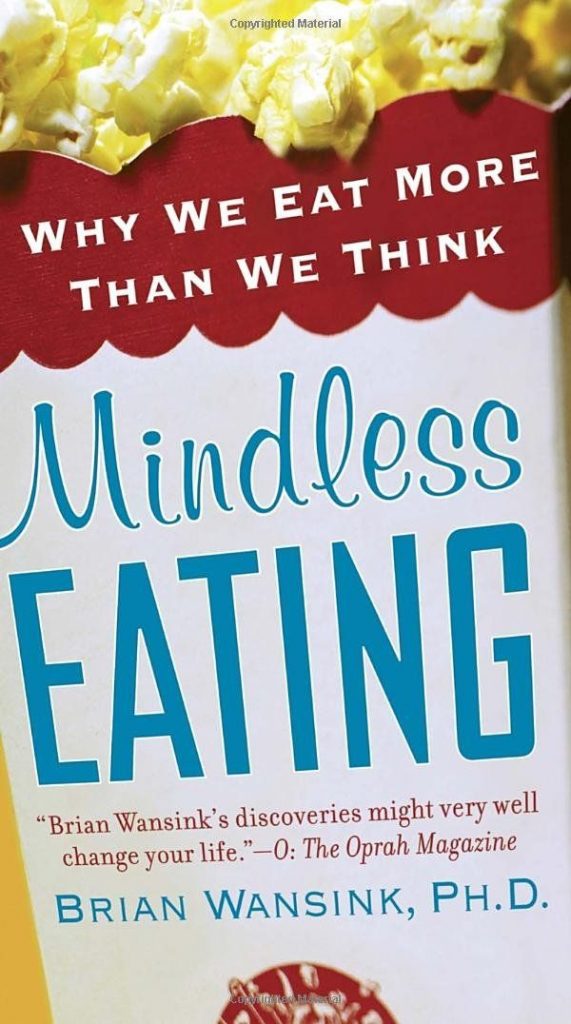 |
Title: Mindless Eating |
| Author: Brian Wansink | |
| Publisher: Bantam | |
| ISBN-10: 0345526880 | |
| ISBN-13: 978-0345526885 | |
| Buy from: Amazon.in | Amazon.com |
What is mindless eating?
Brian Wansink, a consumer behaviour and marketing researcher, has conducted several experiments on how people eat. He has noticed patterns in the way people eat when put in different types of environments.
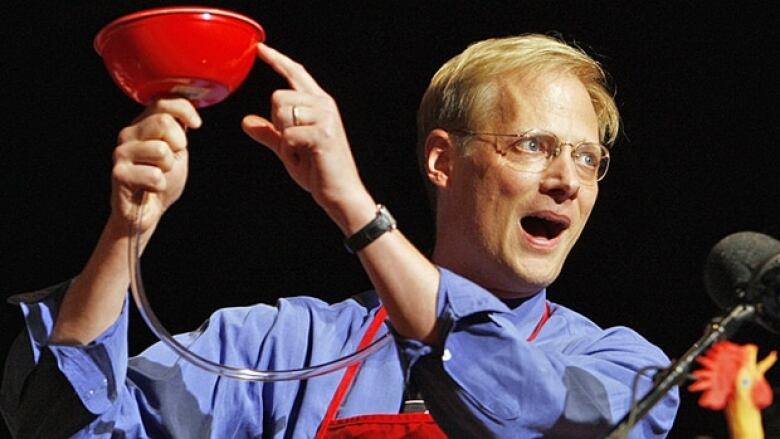
Wansink found that people’s eating behaviour changes drastically in different environments. Factors such as the presence of other people, transparent or opaque jars, plate sizes, mood and even a distraction in front, such as a TV show, cause people to eat differently. Worse, people do not realise that they have been manipulated by their environment. When asked about their excessive eating, they maintain that they ate because they were hungry.
Wansink classifies any behaviour where people eat even when not hungry and remain unaware of what and how they eat, as mindless eating.
Signs of mindless eating
Here are four indicators that you eat mindlessly, namely four things you’d remain unaware of.

Unaware of what you eat: You would just keep chomping without comment, focused on something else such as a TV show, even if someone gave you whipped margarine and told you that it was ice cream.
Unaware of the nutrition of what you are consuming: You’d continue to consume food with detrimental nutrition without second thoughts. E.g. an entire tub of buttered pop corn while watching a movie, a plate full of highly sugary snacks while celebrating a festival with family and friends. Usually these may be things that you consume with moderation or not at all during a regular day without distractions.
Unaware of the taste: You’d continue to watch a movie while ignorantly chomping on a tub of stale pop corn, that simply tastes like styrofoam. This was an experiment that Wansink conducted at a movie theatre in the US. He served them a tub full of stale popcorn and watched as people mindlessly ran through the tasteless things either because they were bored of it or because their stomachs couldn’t take any more.
Unaware of the quantity: This is the most obvious blind spot of mindless eating. People continue to eat more than they usually would and should, when in front of a distraction like a movie or sports or in the company of bingers. Binge watching usually leads to binge eating.
What causes mindless eating?
Wansink puts forth two reasons for people to eat mindlessly.
Poor food habits: When you treat meal time like a ‘necessary chore’, i.e. as having to take some time out of your busy schedule to refuel yourself, then you will tend not to pay attention to what you eat and end up making poor choices based only on what is available easily and in short time. Such people often eat at their desk while working.
Other poor habits include eating out too often, skipping or delaying meals when it’s meal time, using food as a treatment for stress or boredom and shopping for food in bulk because discounts are available.
Environment: While poor food habits cause only 10 – 20% of mindless eating episodes, 80 – 90% of such episodes are caused by your environment. The effect of environment is subtle to the point that you don’t realise how mindlessly you are eating. The environment includes the availability of food around you, how the people around you eat, whether or not you have already eaten, the sights and smells around you and how easy it is to reach for food. You eat more when people around you eat more. Transparent jars of cookies make you reach for more rather than opaque jars. A McDonald’s sign on the highway on your way to work is more likely to entice you if you skipped breakfast, especially if the outlet has a drive-through aisle available.
Can you stop mindless eating?
What can you do about something that you don’t even notice? How can you build awareness when the very nature of the problem is ‘mindless’? How can you be more careful? Here are some things that Wansink suggests.
Eat only when hungry
The first thing is to eat when you really are hungry. Every other urge to eat is for reasons other than fuelling up. Next time you feel an urge to eat, you should ask yourself the question, “Am I hungry?”
But the mind is fickle and will find justifications to prove that you are hungry. You must break past your mind’s short circuit and look for concrete evidence of hunger, which look like the following.
- Your stomach feels empty.
- Your stomach grumbles due to emptiness. This is different from the rumbles that you hear when your stomach is too full. So be sure to watch out.
- You start to feel weak. If in addition to the two points above, you also feel weaker than usual, then you are in need of food.
Don’t reduce the fun ingredients
Most diet programmes focus on restricting items that you should have. They cut out sugar and fats. Some of them also forbid cooking methods such as frying. They mandate that you drink tea without sugar, eat burger without mayonnaise or eat raw vegetables without sauteing and flavouring. These diets intend well and are a surefire way to achieve good health or to lose weight.
But there is a problem. They rely heavily on human willpower. They assume that the dieter will sail through the programme without emotion or temptation. That’s where they are wrong. If only humans were so simple.
The people who embrace these types of diets fail very often. After a month, they give up and go back to their old ways. Or they look for ‘interesting’ alternatives alongside the ‘boring’ healthy options. Sometimes they consume the alternatives in excess. E.g. if a person decides to have tea without sugar, then they may consume salted crackers to go with the boring sugarless tea. But what if they consume 8 crackers, justifying that salted crackers have no sugar? Well, 8 crackers will have delivered a heavy dose of carbs, enough to match one tiny teaspoon of sugar that could have been in the tea in the first place. Point of sugarless tea defeated.
Wansink suggests an alternative and a counter-intuitive approach. He suggests going all out and eating exactly anything you absolutely want. Burger with mayonnaise? Sure. Tea with sugar. Why not? Spicy biryani? Absolutely. But then what’s the catch? If we eat exactly what we want, how can we achieve goals such as weight loss, sugar reduction or cholestrol control? The answer is in the next point.
Reduce your portion size
Wansink argues that obese countries like the US have got it backwards. They have low carb cookies, keto burgers, decaf coffee and Diet Coke. They have stripped interesting food items of their ‘evils’, such as refined carbs, caffeine, sugar, salt…. everything that makes the item tasty. But no one gave a thought to how much anyone was eating.
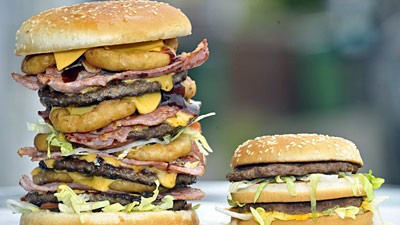
A super-sized beef burger has been replaced by a super-sized soy burger. 400 ml of espresso has been replaced by 400 ml of decaf. 300 ml of regular Coke with free refills has been replaced with 300 ml of Diet Coke with free refills.
Woah, woah, hang on just a second! Who really needs a super-sized burger, a monstrous 400 ml of coffee or 300 ml of soft drink with free refills??? Wake up America (and other obese countries), you have only been paying attention to WHAT you eat and not HOW MUCH? A medium-sized burger (not even a large one) is enough for a sating breakfast. Coffee should ideally be restricted to a cup of 100 – 125 ml in size. You shouldn’t be having soft drinks at all. But if you do, then a 50 – 100 ml cup is enough to refresh you. Store the rest in the fridge for later.
Wansink takes a large part of the book to emphasise that it is portion size that is at fault and not the nature of the ingredients themselves. Homes in countries like the US have extremely large plates, such that they’d be called serving platters in Japan. The small-sized burger in USA is the super-sized burger in France.
So go ahead and have a burger stuffed with mayonnaise, says Wansink, but make sure that the burger is small or medium-sized. Have a strong espresso or the brownest coffee you can find, but only 100 ml. Chug down a chilled refreshing cup of regular Coca Cola with ice cubes to beat the summer heat, but only 50 ml.
Here are some more tips that Wansink gives to make the most out of your reduced portion size.
Tips to work with a reduced portion size
Swap your existing plates, bowls, spoons and serving platters for smaller ones. The smaller bowls and plates will look full with less food. Smaller spoons will make you eat less per bite. This is the first surefire step to make you eat less than you usually do.
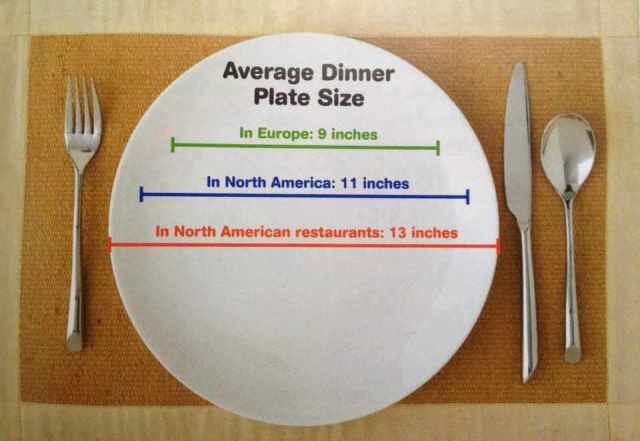
The Japanese have the concept of Hara Hachi Bu. It means that you should only eat until you feel 80% full. The point is not for your stomach to feel full, but rather not hungry anymore.
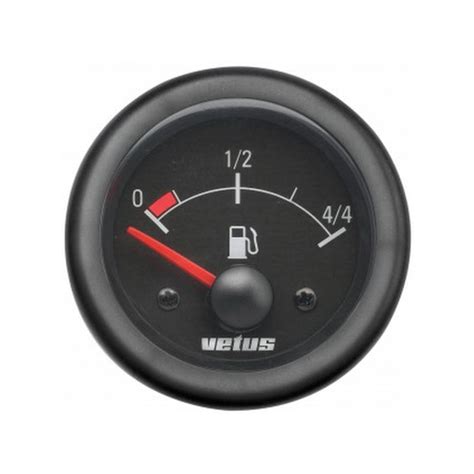
After you are done with a serving of food at reduced size, ask yourself, “Are you still hungry?”. You already know how to answer this from our point on measuring hunger. When your stomach isn’t hungry anymore, but also doesn’t feel stuffed, you should stop serving any more.
Take time to chew your food longer, savouring the taste. You should spend at least 15 minutes eating your plateful. That’s the time it takes for your brain to stop sending hunger signals to your stomach. If you gulp down your plateful within 5 minutes, your stomach’s hunger signals might still be on and you may feel that you haven’t had enough.
Make reduced size appear the same volume as the original size
A caveat of the brain is that it confuses the perceived volume of the food with what you need. If you have been eating from a large plate, then the volume of food on the smaller plate may seen less. A small burger obviously looks smaller than a large one. The brain gets tricked into thinking that the food in the small plate is not enough for you. The suppression of hunger may not be signalled correctly.
Wansink suggests methods for tricking the brain with perceivably more volume. E.g. a small burger can be made to appear thicker by adding another layer of vegetables inside. Food can be spread on a plate so that the plate looks full. This works better than piling the food in a heap at a corner of the plate. Smoothies can be whipped for more time so that they are filled with more air and hence appear more in volume.
Visual indicator of what you ate
Having a visual indicator of how much you have eaten so far can give you a clue on if you have had enough. This is not possible for every food type, but we can think creatively about how to achieve this. E.g. leaving behind seeds of fruits like sapota, dates and apples on the plate, letting the bones of chicken pile up.
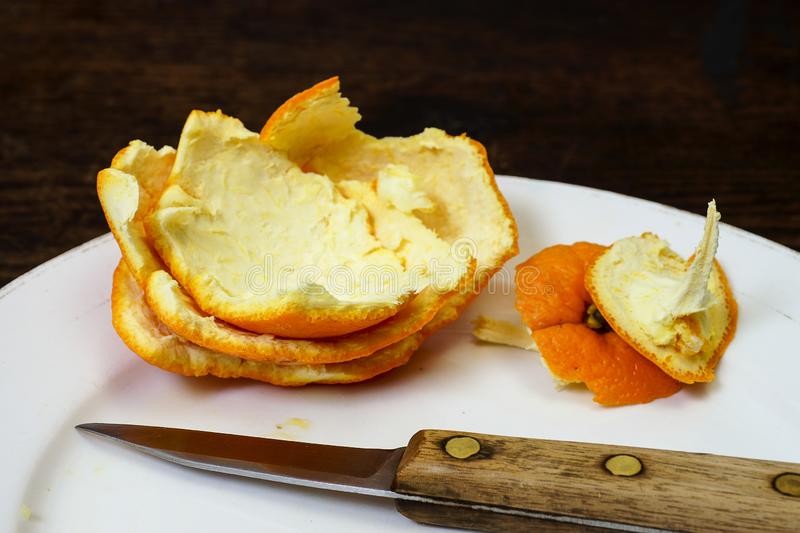
For liquids, you can keep the source close by. E.g. the jug of milk or the bottle of Coca Cola from which you poured into your glass.

Don’t shop in bulk
Super markets like Walmart, Costco, Big Bazaar, DMart and Nilgiri’s often have huge packets and cartons of food labelled as ‘family size’, ‘family pack’, ‘super saver’ pack, etc. The idea is to sell you more quantity that you need and clear their stock as soon as possible so that they procure and sell more to make more. They also entice you with a much cheaper price per unit.
But if you buy more, you also end up consuming more. E.g. buying a 2-litre bottle of Coca Cola will make you consume more per sitting than if you buy a simple 300-ml bottle. Likewise for breakfast cereal, oil and chocolates.
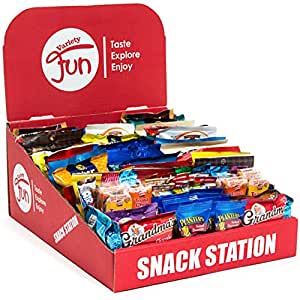
Wansink recommends that you stay away from shelves that sell you items in bulk. If that is the only way that the super market sells you stuff, then split the total quantity into smaller batches at home. E.g. if you usually consume only 70 grams of sugar a week, but the super market sells you a 5 kg packet, then use the 5 kg packet as a source to replenish a smaller 50 – 100 gram jar. Then put the 5 kg packet away into a pantry where you cannot see it in front of your eyes.
Conclusion
Eating is an important part of your life for wellness and health. It is best done in a way that is conscious, enjoyable and in moderation. While the pleasures and benefits of eating are many, doing it wrong can make it work against your body and lead to health problems later in life.